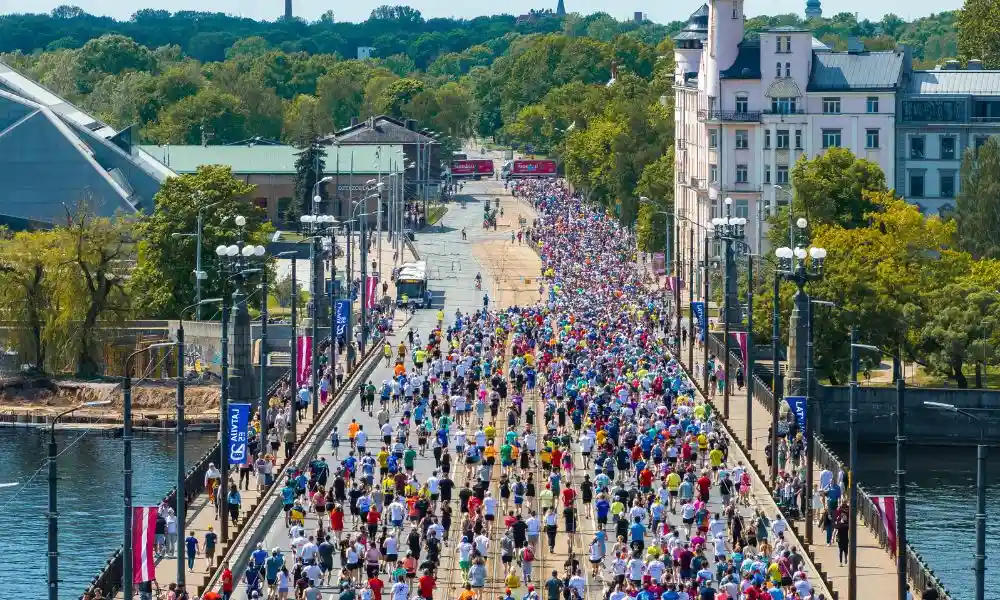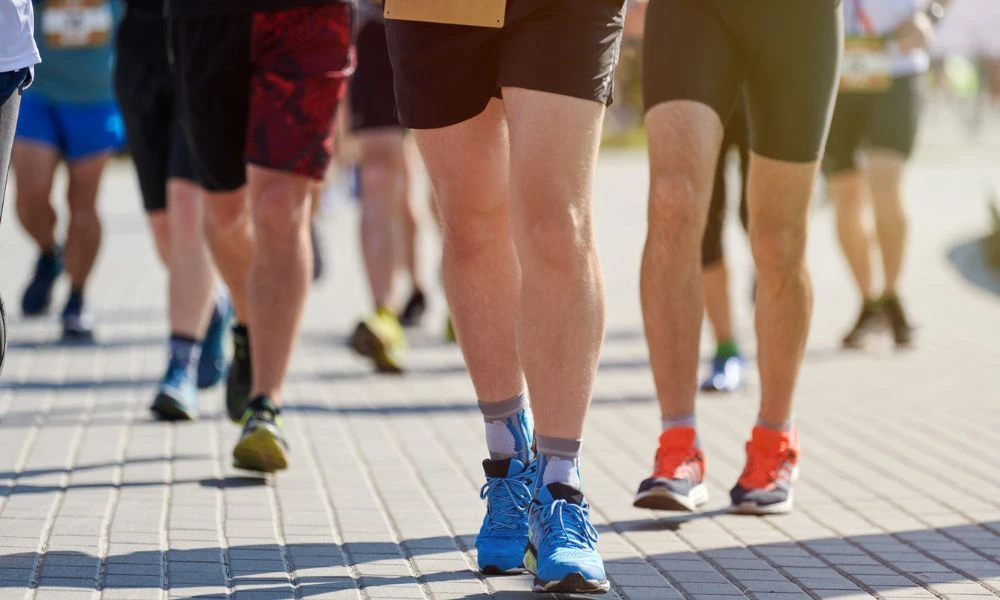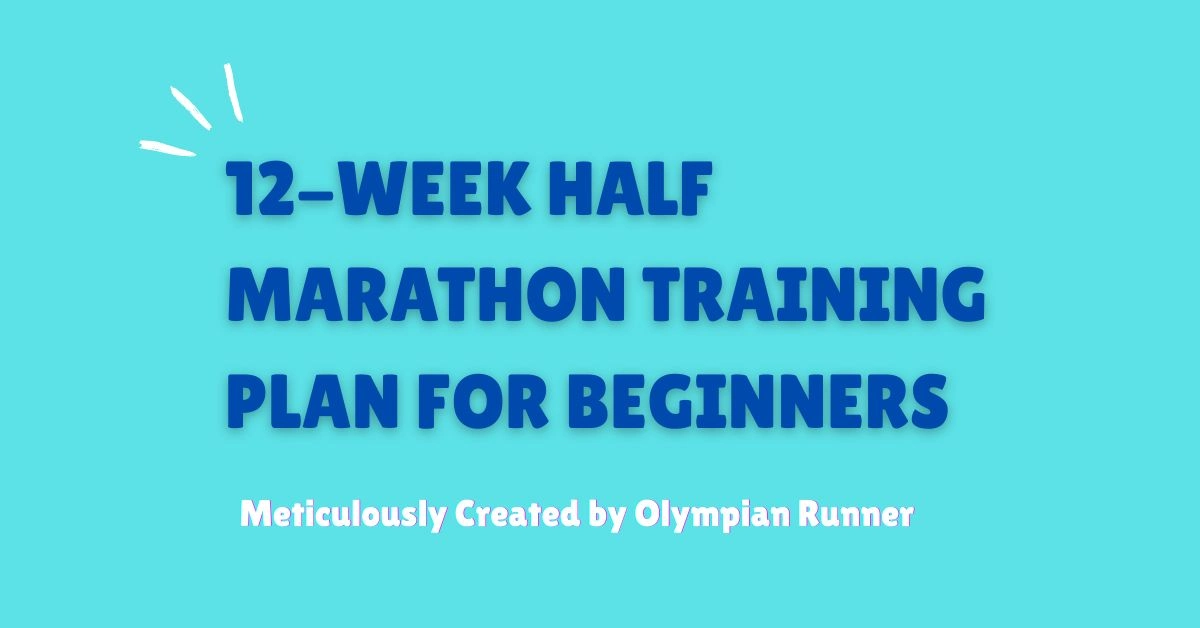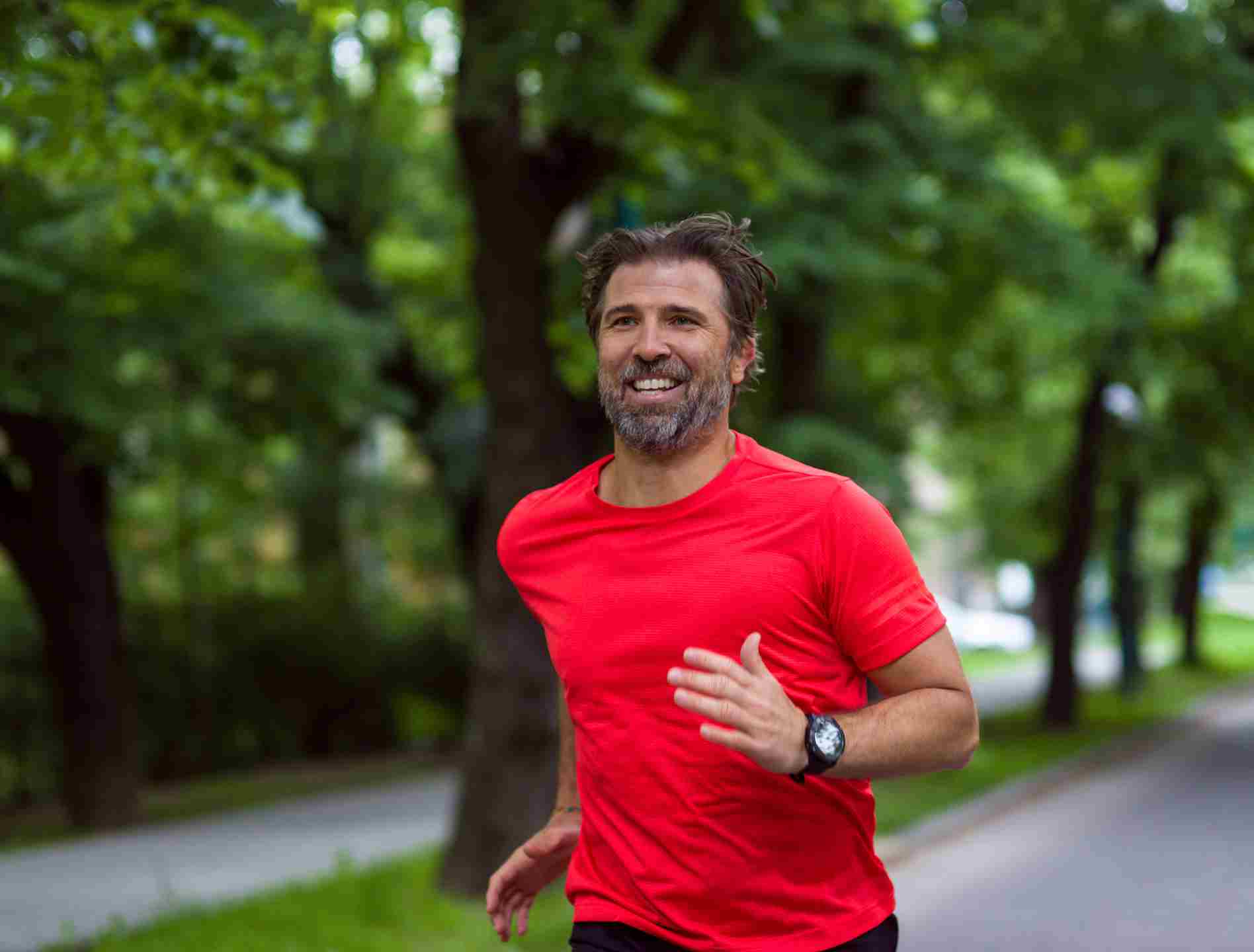More and more people worldwide are getting into an active lifestyle each year, and one of the favorite forms of exercise is running.
Millions of professional and casual athletes make it a regular practice, with hundreds of thousands participating in marathons globally. These events are significant sporting challenges that demand proper preparation.
For those new to running, it’s recommended to begin with half marathons and shorter-distance races. This helps determine how many kilometers they can comfortably run and in what time.
What is the Half-Marathon?
The half marathon is a race over a distance of 21.0975 km. This figure was not chosen randomly and is half the marathon distance, equal to 42 km 195 meters.
Many people think the marathon distance is a nod to an old story we know about because of Plutarch. He wrote an essay called “The Glory of Athens” over 550 years after the Battle of Marathon.
In it, he tells about a Greek soldier named Pheidippides who, after the Greeks won against the Persians, ran from the battlefield to Athens to deliver the good news. Right after he shared the message, he collapsed and died.
This opinion needs to be corrected. Before the first modern Olympic Games started, people measured how far it was from the Marathon battle site to Athens.
It was 34.5 kilometers. That’s how long the marathon was in the first Olympics. Later, they changed this distance a few times until it was set at its current length in 1824.
The marathon distance was set to 42 kilometers and 195 meters for the first time during the 1908 London Olympics. This change happened because the event organizers wanted to make the British royal family happy. The royal family wanted to watch the race from the balcony of Windsor Castle.

Features of Half-Marathon
A half marathon differs from a full marathon in more ways than distance. Notably, it’s not an Olympic discipline, and the races typically occur on roads.
Every two years in October, the World Championships, overseen by the IAAF, are conducted, resulting in the setting of world records. These championships determine winners in individual and team categories for both men and women.
Additionally, half marathons frequently serve as companion events to many major marathons. The current record holder among men is set by Jacob Kiplimo of Uganda in November 2021 in Lisbon, Portugal, and for women is 1:04:02, set by Ruth Chepng’etich of Kenya on April 4, 2021, in Istanbul, Turkey.
Tips for Beginners
For beginners, it’s advisable to start with shorter road running distances like 3 km, 5 km, and 10 km.
This approach helps them grasp holding a quicker pace than their usual training, get used to the “crowd effect” in races, and evaluate the effectiveness of their equipment.
Here are some important recommendations to follow during your preparation:
Prepare well in advance for a half-marathon. Take your training seriously and start ahead of time.
Gradually increase the intensity of your workouts to build up your endurance effectively.
- Create a detailed preparation plan for your half-marathon. It’s advisable to consult with a trainer who can recommend a training program tailored to your physical capabilities.
- Maintain a training diary to track your body’s response to stress and boost self-motivation. The diary helps you record your running times, progress in speed, and other details, making you more engaged in achieving new goals.
- If your health declines or you feel tired, consider adjusting your training plan. For instance, reevaluate the distance you plan to run in one workout. Ignoring these signs may lead to injuries and potential psychological strain.
- Be mindful of your diet after training to replenish energy. Consume foods rich in carbohydrates, vitamins, and minerals. Consider special sports nutrition to meet your nutritional needs effectively.
- Avoid aiming for immediate maximum results. Simply reaching the finish line in your first half marathon is a commendable goal. Increase your pace gradually, as covering 21.0975 km is not something you can quickly achieve in record time. Patience and steady progress are key.
- Breathe in a way that feels comfortable for you while running. There’s no need to restrict yourself to breathing only through your nose or mouth. Inhale and exhale in a manner that suits you, allowing your body to adjust to optimal breathing.
- Consider finding a training partner for joint workouts. Preparing for a marathon with like-minded individuals can make the process more enjoyable, easier, and motivating. Having a companion can provide support and make the journey more rewarding.
- Stay well hydrated by drinking enough water during your training. Aim to hydrate at least every 5-10 kilometers to maintain proper fluid levels.

Goals to Overcome for Beginners
Beginners often set specific goals to strive for in their half-marathon training.
At the initial preparation stage, many amateurs aim to complete the half-marathon distance within 2 hours, often chosen as their first target. This goal is realistic for most young men and women with minimal training.
Once achieving the 2-hour mark, the next target for improvement is often set at 1 hour 50 minutes. While this may not be a competitive time for men, it’s a good achievement for beginners. Attaining this result builds confidence and encourages individuals to pursue their goals persistently.
For amateur men, reaching 1 hour 40 minutes is a notable accomplishment, though not a guarantee of victory. However, women, especially those aged 40 and above, can often secure prize-winning places in many half-marathon races with this time.
The more serious time limit of 1 hour and 30 minutes is a common goal for many amateurs. Men under 50 can typically achieve this, and women who achieve it often receive the 2nd category. The 3rd category for men is earned by covering the half-marathon distance in 1 hour 20 minutes.
Achieving the 1st category requires finishing in 1 hour 26 minutes. This result is higher for women, and they receive the 1st category for finishing in 1 hour 30 minutes.
A male amateur reaching 1 hour 15 minutes secures the 2nd category and can expect a prize in competitions for those over 40. Any amateur runner’s desired and practical professional result is often considered 1 hour and 10 minutes. This time allows men to aim for podium placements in most half marathons, excluding the most competitive ones.
Half-Marathon Gear
Proper gear is important to complete successfully. Consider the weather conditions when selecting your gear:
Summer (+20°C and above)
Men: Jogging shorts and a T-shirt.
Women: Swimming trunks and a top.
Early Autumn/Late Spring (+8 – +15°C):
Wear a long-sleeved T-shirt over summer attire to stay warm at the start and remove it if it gets hot during the run.
Late Autumn/Early Spring (0…+8°C):
Opt for 3/4 tights with a thermal or long-sleeve T-shirt.
Winter (Temperature 0…–10°C):
Select thermal underwear for temperatures below -10°C, winter tights with insulation, a fleece top, and a waterproof windbreaker. Keep feet warm with two pairs of socks or knee socks. Choose running shoes for maximum grip, shock absorption, and comfort on the track surface.
Accessories
Sunglasses, a bandana or hat (weather-dependent), a fanny pack, a heart rate monitor and watch, running socks or compression gaiters. Carry sports nutrition (gels, bars, etc.) and water.
Takeaway
Running a half marathon is an attainable goal at any age.
The duration it takes to cover the distance for the first time is less critical than consistent and dedicated training.
Regular training improves physical fitness, increases running speed and endurance, and sets the stage for participation in major marathons.




